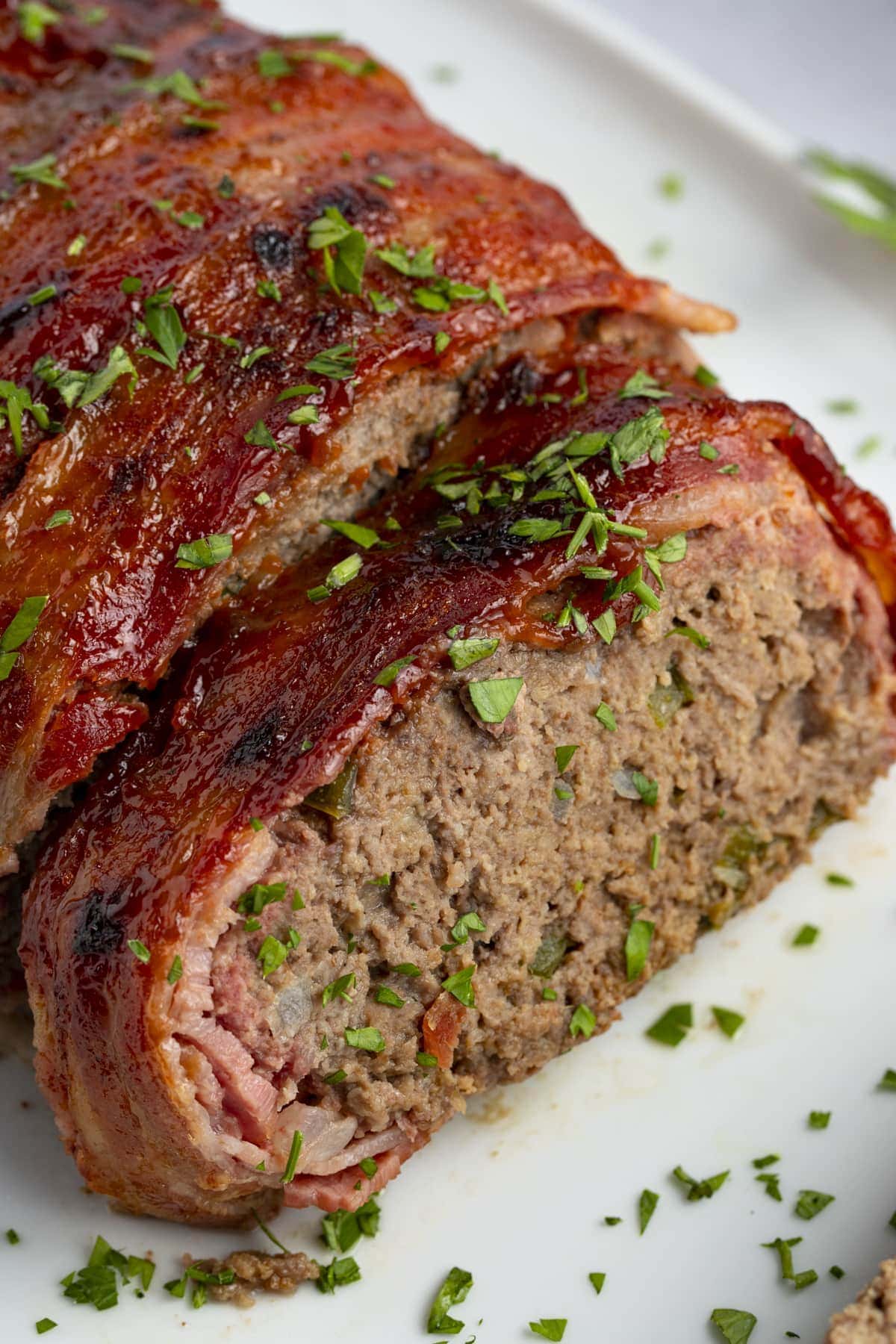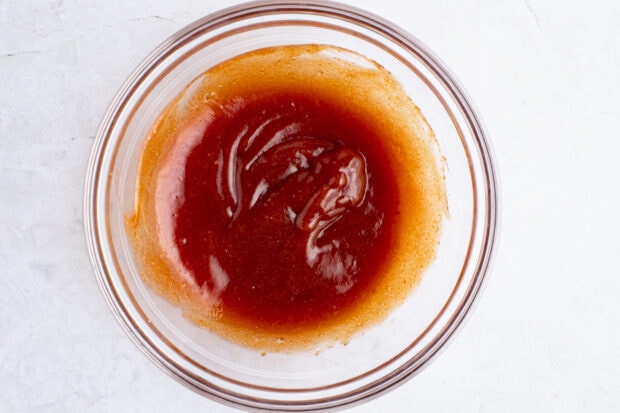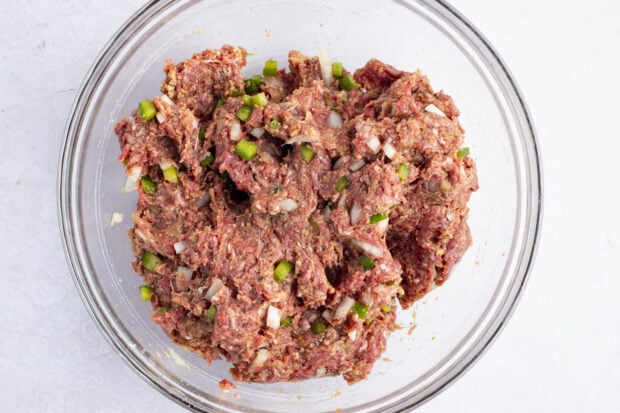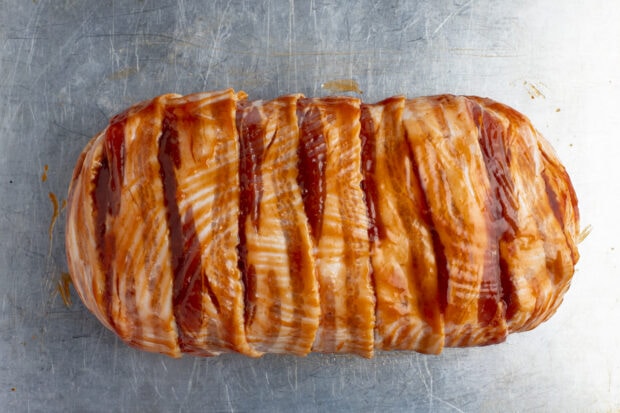
Bacon Wrapped Meatloaf with a Brown Sugar Glaze
mylifeinbalancegroup.com/bacon-wrapped-meatloaf/Easy, delicious bacon wrapped meatloaf is the dish you didn't know you were missing! Savory and sweet, this take on a classic comfort food is mouth-wateringly good. Serve with mashed potatoes (or mashed cauliflower) for a dinner the whole family will love.
Recipe Makes (Approximate):
Equipment
- Oven
- baking sheet
- Cooking spray
- small bowl and whisk
- Large bowl
Ingredients
For the Glaze
- ¼ cup ketchup (see Notes)
- 2 tablespoons brown sugar (see Notes)
For the Meatloaf
- 2 pounds ground beef (lean preferred)
- 1 small yellow onion (diced)
- ½ of one green bell pepper (diced)
- 3 cloves garlic (minced)
- ⅓ cup milk (see Notes)
- 1 tablespoon Worcestershire sauce
- 1 ½ teaspoons kosher salt
- ½ teaspoon freshly ground black pepper
- ½ cup breadcrumbs (see Notes)
- 2 large eggs
- 10-12 slices bacon (uncooked)
Instructions
- Preheat oven to 350° Fahrenheit. Lightly coat baking sheet with cooking spray and set aside. In small bowl, whisk together ketchup and brown sugar to make glaze, then set aside.

- In large bowl, mix together ground beef, diced onion, diced bell pepper, garlic, milk, Worcestershire sauce, salt, pepper, breadcrumbs, and eggs with your hands until just combined.

- Transfer meatloaf mixture to baking sheet and mold mixture into loaf shape. It should be roughly the size and shape of standard loaf pans, which are typically 8 inches long by 4 inches wide. Spread glaze over top of uncooked meatloaf, coating evenly.

- One by one, wrap each piece of bacon over top of loaf, placing each strip horizontally across width of loaf. Tuck ends of bacon strips under loaf. Brush with additional glaze if desired.

- Place baking sheet in oven. Bake at 350° Fahrenheit for 1 hour or until meatloaf reaches internal temperature of 160° Fahrenheit. Remove from oven and let rest 5 minutes. Internal temperature will continue rising during that time. After 5 minutes, slice loaf and serve with desired sides.
Recipe Notes
- Make it Keto: Use a keto-friendly ketchup (or make your own) and Brown Swerve for the glaze. In the meatloaf, swap out breadcrumbs for crushed pork rinds, and use a low carb milk. You can skip the diced onion to save 1-2 carbs per serving. Use a little onion powder if you want to maintain that flavor. Note that Worcestershire sauce does contain a little sugar, so this recipe won't be 100% sugar-free.
- Make it Gluten Free: Use gluten-free breadcrumbs and a gluten-free Worcestershire sauce.
- Make it Dairy Free: Use an unsweetened non-dairy milk.
Nutrition Information (Approximate)
Serving Size: 1servingCalories: 393calProtein: 29gFat: 24gSaturated Fat: 9gTrans Fat: 1gCholesterol: 139mgSodium: 855mgPotassium: 539mgTotal Carbs: 13gFiber: 1gSugar: 6gNet Carbs: 12gVitamin A: 163IUVitamin C: 8mgCalcium: 57mgIron: 3mg
https://mylifeinbalancegroup.com/bacon-wrapped-meatloaf/